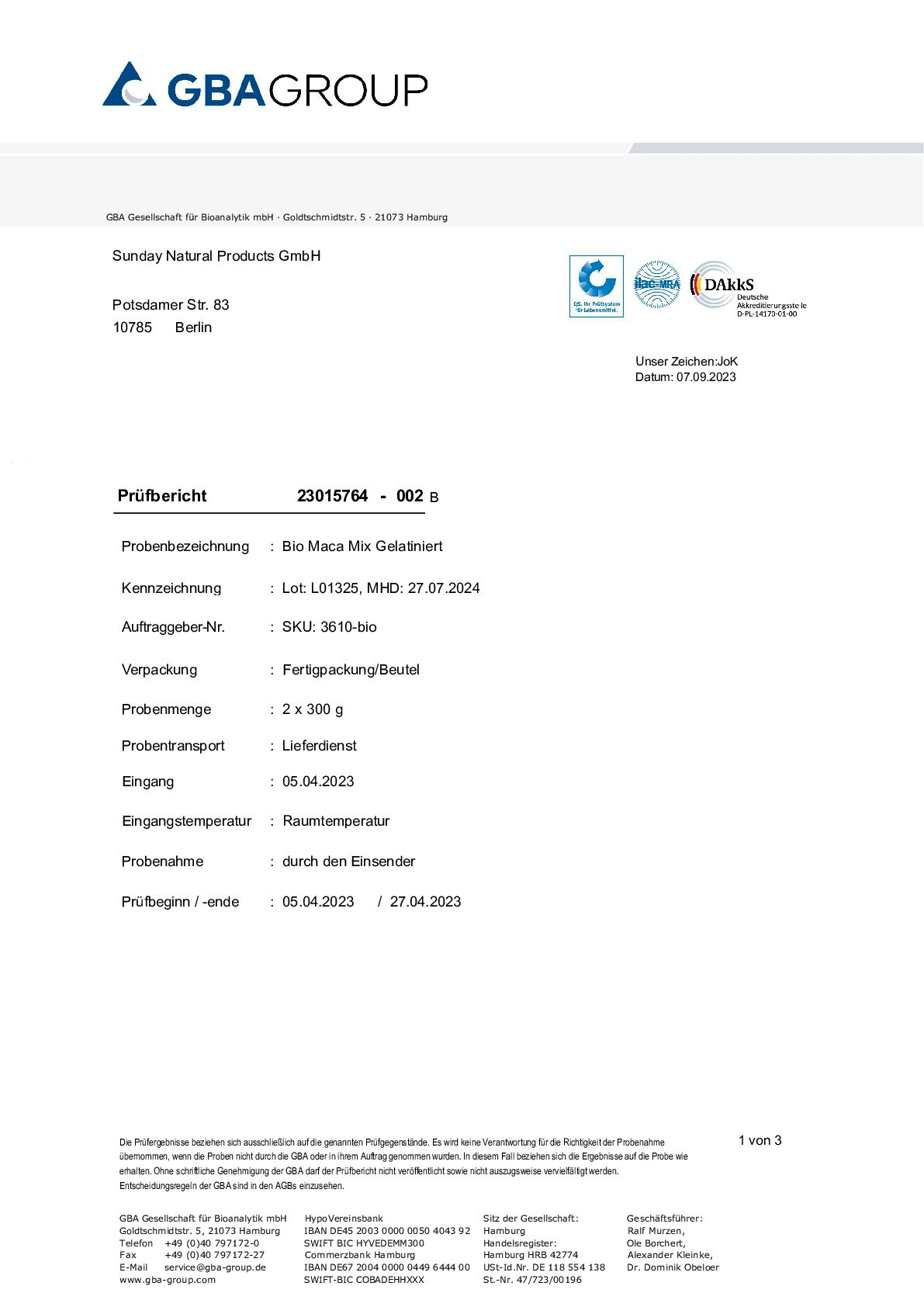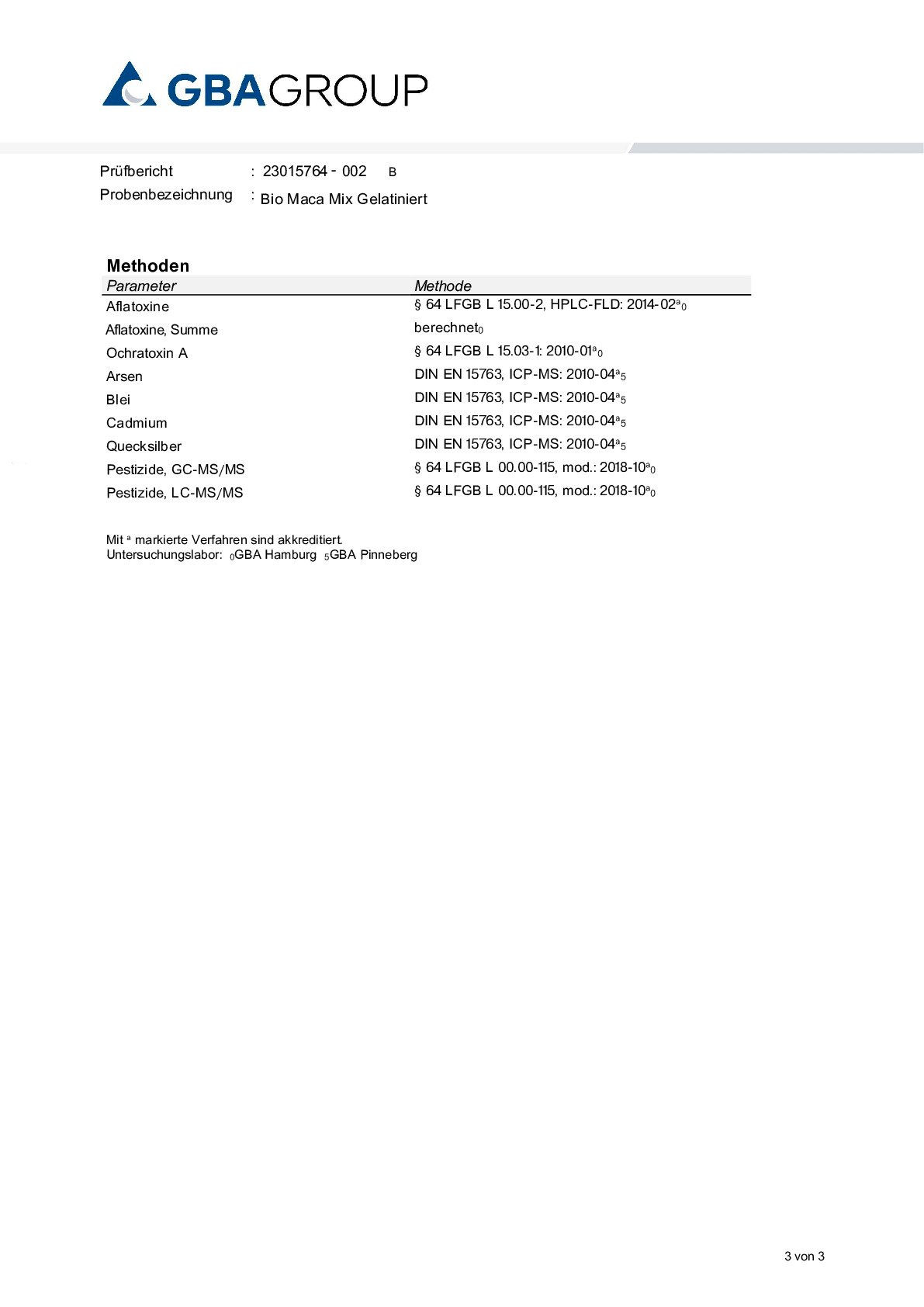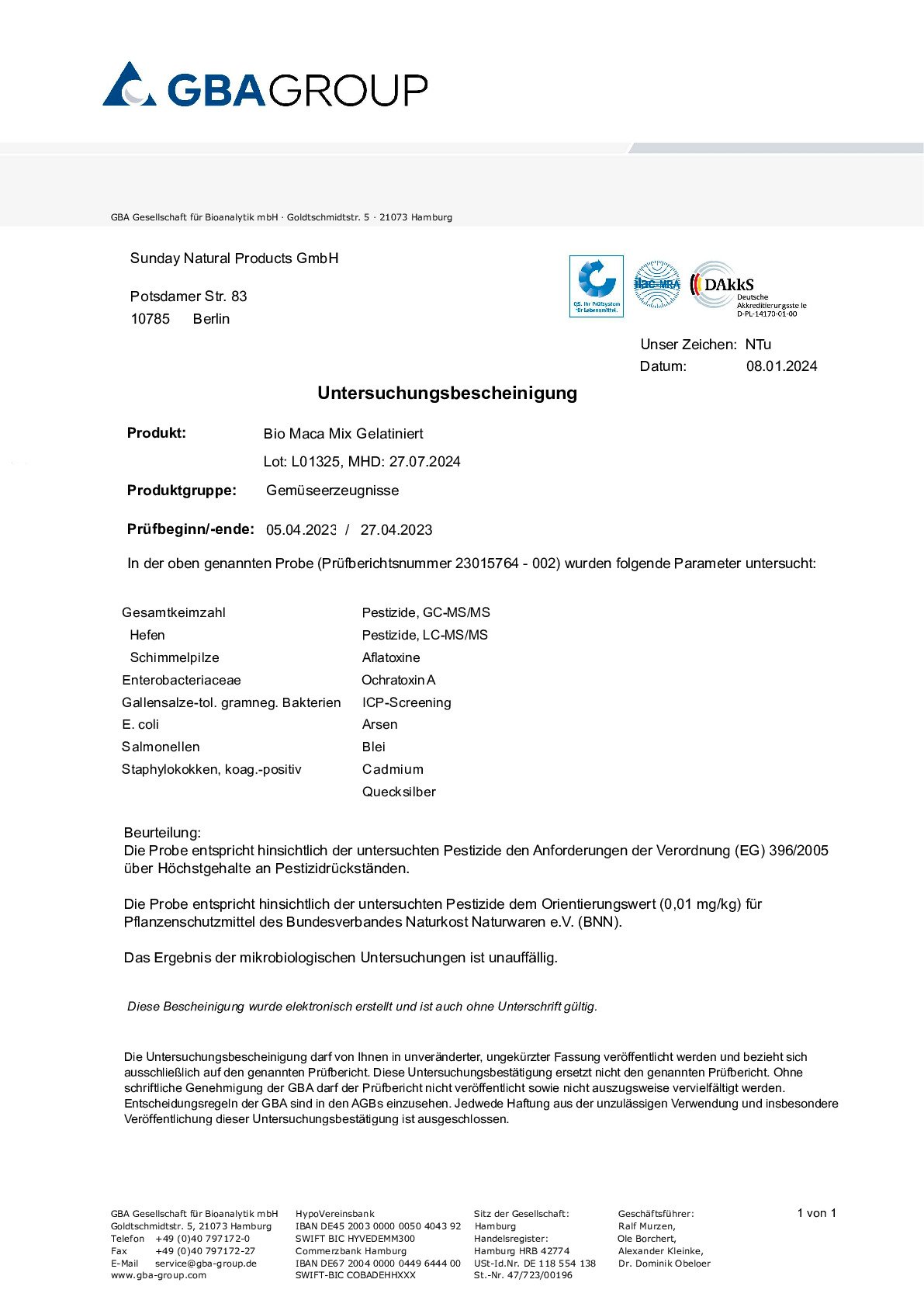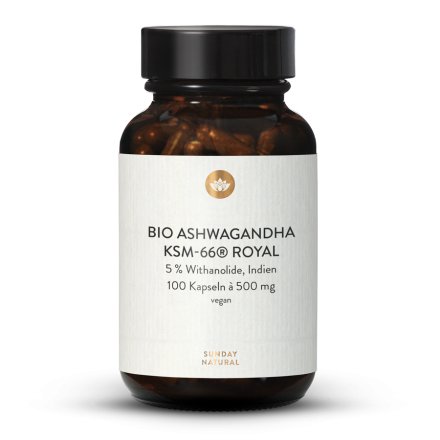The maca plant (Lepidium meyenii) belongs to the cruciferous family and the cress genus (Lepidium). It is thus related to watercress, garden cress, rapeseed and mustard. Maca, also known as Peruvian ginseng, is native to the Peruvian Andes, where it has been cultivated at high altitudes for about 2,000 years. It is considered a complete food in the Andes and is used as a tonic for their armed forces. Mainly the tubers of the maca plant are used; they taste slightly sweet and can be boiled or slowly baked in the oven. The region's traditional dishes also include a sweet and very aromatic porridge made from maca, known as mazamorra.
Maca Blend
Maca varieties, along with their differing colouration, have distinct characteristics due to the unique spectrum of ingredients they each contain. The main varieties of maca are yellow, black and red, but the roots are not easily distinguishable when ground into a powder. This blend of maca combines the benefits of the three main varieties of maca in a ratio that mimics a typical harvest: 50:40:10 yellow, red and black.
Gelatinised
Maca products are available in a variety of preparations and dosages. This gelatinised form is especially suitable for those with sensitive stomachs or a mustard oil intolerance, as the root's starch is completely dissolved due to this very short but strong heat treatment (100°C for up to 5 minutes), while preserving the maca root's valuable nutrients.


































